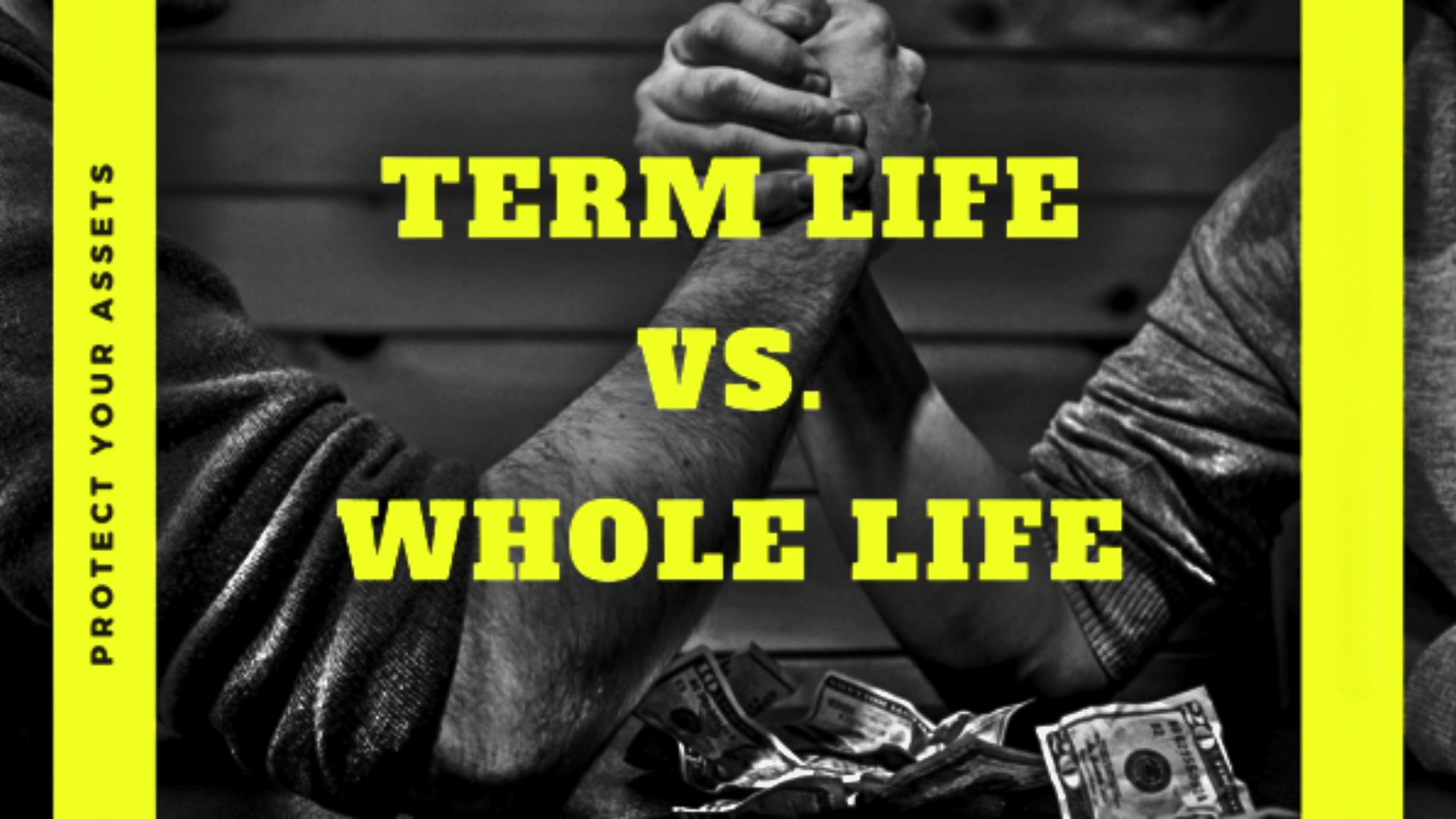We buy insurance protecting ourselves against loss. We may not lose our cars and homes yet we protect them nonetheless. Let’s face it – life insurance comes with a certainty no other does. We will one day leave behind expenses, responsibilities, and possible debt for others to manage. Before purchasing life insurance it’s important to know the differences in policies available. Buying life insurance is different from insuring your car. There are no minimum legal obligations. As the buyer, you have many options available.
At the basic level, you can choose between a term- or permanent life insurance policy. Both offer very different levels of coverage, for different periods of time. Below is a breakdown listing the differences between term- and whole-life insurance.
Term Life Insurance
As you may have guessed by the name, term life insurance exists for a set term. Generally, when renegotiating expired term life insurance policies rates increase or coverage terminates. Term life insurance is available through a few different policy options. The types of term life insurance policies available include:
Level/Guaranteed Term Life Insurance.
Level term life policies maintain level pricing through the duration of coverage. Policies also have fixed end-dates with the option – although unguaranteed – to renew at, or near, expiration. In most cases, renewed policies come with reduced coverage and/or higher rates.
Annual Renewable Term Life Insurance.
Just as it sounds, annual renewable term (ART) life insurance policies are renewable, annually. Rates will generally increase yearly – unevenly so later in life.
When term policies expire, there may or may not be an option to renew. Policyholders able to renew likely face increasing insurance premiums for the same – or even reduced – coverage. Those unable to renew due to age, medical conditions or other reasons may have difficulty finding new coverage.
Permanent Life Insurance
Permanent life insurance plans provide lifetime coverage, but the differences don’t stop there. Permanent life insurance plans differ from term life insurance plans over more than duration. Unlike term life plans, permanent life plans create actual value. Permanent life insurance plans can be treated like deposit accounts. Often, deposits may be unrestricted in amount creating more financial opportunities. Permanent life plans may be further categorized into additional subcategories including:
Whole Life Insurance.
The most common of this type of coverage, these policies pay a set benefit based on premiums paid, and other policy specifics.
Universal Life Insurance.
Universal Life policies offer financial flexibility through adjustable premium payment options.
Variable Universal Life Insurance.
Offer flexible premium payment options while also tying the cash value to subaccounts that can invest in the stock and bond markets. These policies offer the potential for greater cash value growth but also carry additional risk and can lead to increased future premiums due.
All permanent policies share a distinct benefit over term life insurance: they can stay active for a much longer timeframe than most term life policies as they do not expire at the completion of a given term. They can also act as an asset as you typically can have access to the cash value inside these policies.
Talk to an Expert
The financial decisions you make today can affect your loved ones for many years to come. To find out more about creating wealth and securing a financial future for your family, contact High Bluff Private Wealth today. Our advisors offer personalized guidance through the ins and outs of investing, retirement, life insurance and more. Let us help you determine the best ways to save now for enjoying peace of mind later. Call High Bluff Private Wealth at (858) 792-7027 today and schedule your consultation!





